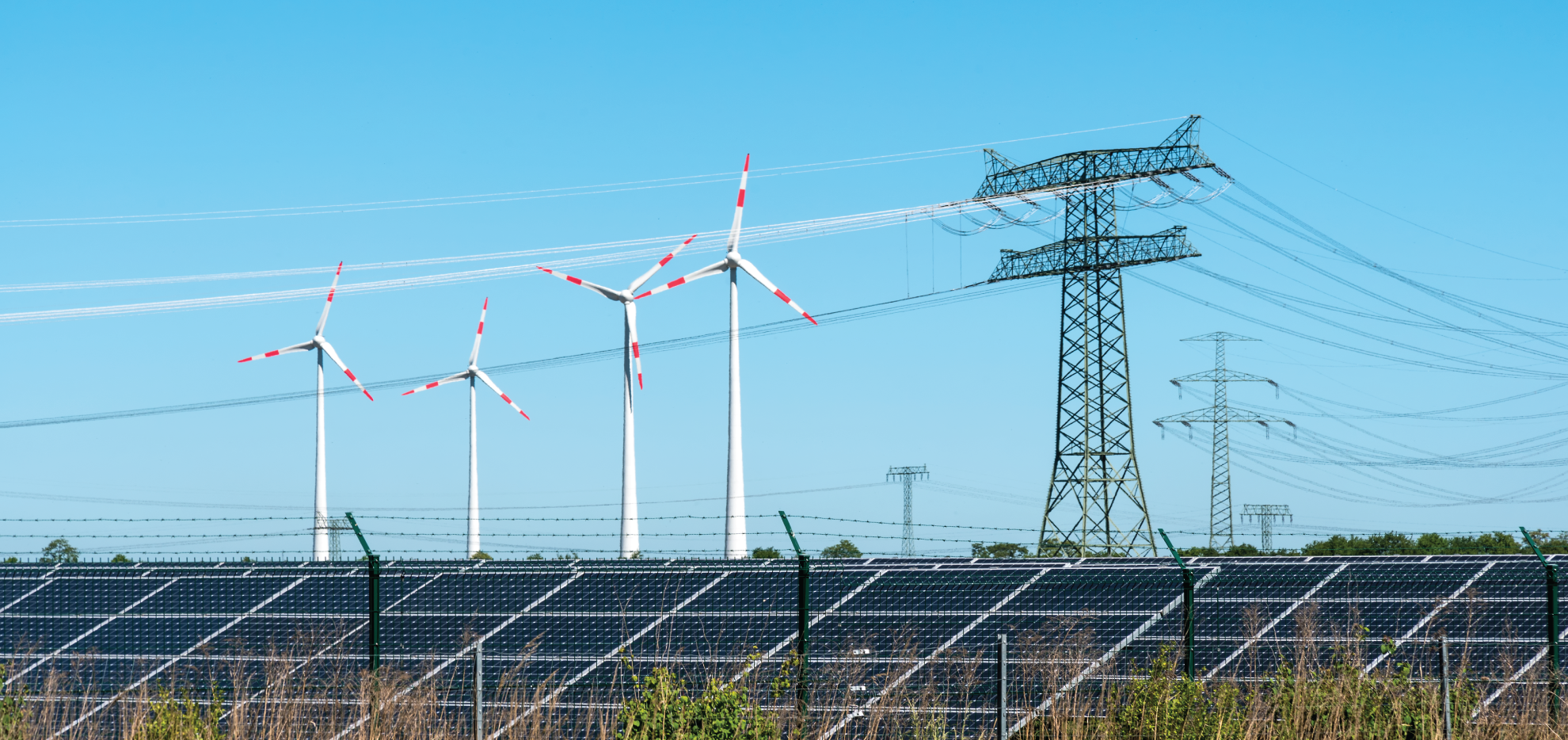Integration of Renewable Sources of Electrical Power with Grid

The huge, ever growing demand for electrical energy has hitherto been primarily met through the combustion of fossil fuels, and conversion of heat liberated therefrom. The relentless exploitation of these non-renewable resources has raised questions regarding emission of greenhouse gases, particulate pollution, and their harmful effects on environment. It also brings into focus the sustainability of generation to satisfy the demand for energy in the coming decades, from fuels which are not inexhaustible. Renewable sources of power such as the Sun and the Wind offer solutions to these issues.
Renewable sources of electrical power have over the past decade and more come to occupy a very significant place in the power sector and today play a major role in the generation of power. The continuously falling costs of harnessing energy from the Sun and the Wind have also made this option economically viable. Favourable policies adopted by governments in many countries to promote green and clean energy has rendered the renewable generation more attractive.
The installation of renewable sources in various parts of this network will bring about a change in the load flow pattern of active and reactive power, resulting in a change in voltage and frequency profile. A gradual increase in renewable sources of power in such installations will alter the prevailing operating parameters of voltage and frequency. This change may lead to a rise in frequency, and over voltage in different parts of the network. The fact that these changes are dynamic, depending upon the time of day and weather conditions, adds further to the complexity of the problem. It may be necessary as well to look into fault levels, as in general it tends to increase marginally.
The main challenges, as stated above is the variations in the voltages at the point of interconnection (POI) and at different parts of the network, and in the frequency, and their effect on power quality, when the level of penetration of renewable energy sources (RES) exceeds the acceptable limit. The maximum current, as also the range of variations in voltage and frequency should be known in order to be able to ensure safety and compliance with grid codes. The connection between the RES and the grid should not break during transient system disturbances in the grid, while it also necessary to ensure the safety of equipment such as the solar PV panels, wind generators, converters, inverters etc.
Large scale use of these renewable sources of energy in the electric grid, give rise to many technical challenges for the power system engineers. It is necessary to overcome them before the renewable sources come into wide use in conjunction with conventional generation based on fossil fuels. Their growth and consequent impact on power system parameters, which in the past had not received close attention, have given rise to a host of technical issues, and requires in the present context special studies to be carried out, to enable engineers to devise solutions.
The information regarding these issues, obtained from the network level study, determines the functionalities that the inverters should be built with intelligent controls so as to ensure safe, stable and reliable operation of integrated power system. Fault current contribution too, although not in the same order of magnitude as from a conventional power source, cannot always be ignored.
Some of the major issues which need to be addressed are the steady-state stability of voltage and frequency, which are liable to vary in keeping with variations in the output of the renewable sources in consequence of changes in solar insolation and wind patterns. Diurnal and seasonal changes are predictable and hence are relatively easy to study. But changes over a much shorter span of time, lasting a few minutes to several hours, being random and uncertain, pose real challenges. Power quality issues involving voltage sags and swells, and harmonics also need to be studied and solutions devised. Compliance with requirements laid down in grid codes in respect of all these parameters should be ensured as well.
Another aspect of the renewable scenario is the capability to store power from renewable sources, which can be utilized when power supply from them falls or stops altogether. Several technologies have been developed but only a detailed study can determine the most suitable type, size and location of the storage facility which will deliver optimal results in terms of performance and economy.
Tata Consulting Engineers have been working on several projects involving detailed engineering of generating plants of renewable sources, and their connection with power networks, while ensuring complete compliance with grid codes. These activities may include preparation of feasibility studies and detailed project reports, system studies to establish voltage and frequency stability which involves the determination of active and reactive power capabilities of inverters, relay coordination and determination of ride through durations during abnormally high and low voltage in the grid, determination of losses and efficiency, preparation of layouts and specifications for procurement of equipment.






